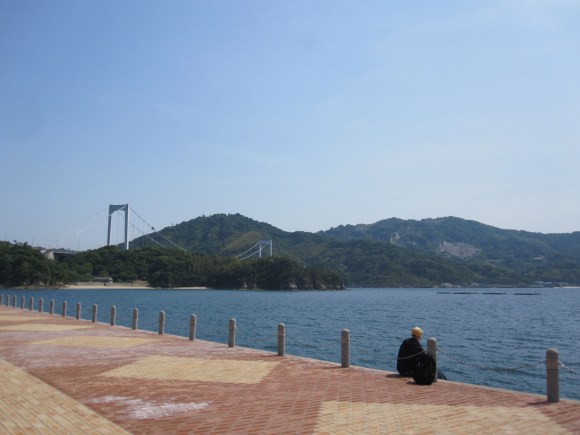
The Setonaikai Inland Sea is wedged between the north coast of the island of Shikoku and the southern edge of Japan’s main island of Honshu. Particularly in the island-dotted strait that separates Ehime and Hiroshima Prefectures, you’ll find some of the country’s most beautiful views and delicious seafood.
Unfortunately, there’s no train line that runs through the area, and bus service is infrequent. Ideally, you’d get around by boat, just like the merchants and pirates who used to sail the Setonaikai did, but sadly, the RocketNews24 company schooner is currently having its hull patched.
Fortunately, there’s one more way to get around the Inland Sea: the island-hopping 70-kilometer (43.5-mile) cycling road called the Shimanami Kaido.
Thankfully, you don’t even need to own your own bike to enjoy the Shimanami Kaido. 13 separate cycling terminals are set up along the way, which rent bikes at the amazingly cheap rate of just 500 yen (US $4.95) per day. There’s also a deposit of 1,000 yen, which you get back if you return your bike to the same terminal you rented it from. Another way of looking at this is that you can leave your bike at any terminal if you’re willing to forfeit the modest deposit.
The cycling road’s official website says people who are confident in their speed and stamina can complete the entire course in five to six hours, and claims that even beginners can make the trip in 10. However, this timetable doesn’t allow for many activities other than peddling. If you’re planning to see some of the sights, snap photos of the almost constant string of breathtaking seascapes, or take a break and sample the local cuisine, we recommend doing the Shimanami Kaido as an overnight trip, with a stay at one of the island inns.
While the course can be biked in either direction, we chose to book transport from Tokyo to the city of Imabari in Ehime Prefecture, then bike north back to Onomichi in Hiroshima. To make sure we arrived bright and early, we opted to take the overnight bus out of Shinagawa in downtown Tokyo.
We took the train to Shinagawa Station, grabbed a sandwich and some other munchies, then made the 10-minute walk to the bus terminal.
While a 12-hour bus ride isn’t anyone’s idea of luxury, overnight busses in Japan are at least as comfortable as flying coach. There’s a bathroom onboard and thick curtains to block outside light. Large bags can be stowed in a luggage area beneath the bus.
▼ Since we were going to be traveling by bike, though, we made do with just a backpack.
Inside, there’s a decent amount of legroom. The seats recline and have pop-out footrests, and there’re even blankets provided.
We pulled out just a little before 8 p.m. Around 10, the bus makes a stop at one of Japan’s impeccably clean highway rest stops, which also has a well-stocked convenience store.
After that it was lights out until we arrived in Imabari the next morning around 8 o’clock.
The bus dropped us off at the Imabari Kokusai Hotel, where we hopped a cab to the Sunrise Itoyama cycling terminal, which would be our last experience with motorized transportation for some time. Sunrise Itoyama opens at 9, and right away there was a line for rentals.
There’s a large variety of options, including mountain bikes, city types with baskets, and even tandem and electric-assist bicycles (be aware that the last two types must be returned to a terminal on the same island as they were rented from). Riders on the Shimanami Kaido even have the benefit of a roadside assistance program. While our bikes were in pristine condition, we were given a number to call if we ran into any trouble, or had a flat tire, in which case they’d send someone to help us out of our jam.
Helmets, while not required, are also offered free of charge. To be honest, no part of the course is anywhere near dangerous, but the helmets do have a visor to help keep the sun off your face, and are a safe bet if you’re worried about your hat blowing off on one of the six bridges you’ll cross over.
▼ The Shimanami Kaido cycling course, marked in green
Tolls for the bridges range from 50 to 200 yen (US$0.50 to $2), and are paid by tossing the coins into collection boxes. The whole trip from Imabari to Onomichi ordinarily costs 500 yen ($5), but at Sunrise Itoyama you can purchase a sheet of vouchers that’ll get you there for half that price.
Before heading out, you also might want to pick up a pair of cheap, 100-yen disposable gloves and a bottle of water or two from the vending machine. There’s really no need to go crazy stocking up, though, as on the Shimanami Kaido you’re never be as much as an hour from a vending machine, convenience store, or somewhere else where you can buy food or drink. The only snacks we brought were two small bags of dried fruit, only half of which we actually ate.
With our rental paperwork filled out, it was time to get on the road.
The approach to most of the connecting bridges involve about a 40-meter (131-foot) rise, but the path winds around enough that it’s never punishingly steep. Even if your legs aren’t up to the challenge, there’s plenty of space to get off and push, and two or three minutes of walking will get you back to level ground again.
Even if you do work up a bit of a sweat getting up to the bridge, you’re instantly rewarded with amazing views over the Inland Sea.
Most of the time transportation in Japan involves precisely run trains or cars equipped with GPS systems. If the idea of having to navigate on your own for hours through rural areas makes you uneasy, fear not. The cycling course is clearly marked with a blue line pointing the way and you’re even given updates on how much farther it is to your goal. And yes, the blue line is present for the entire 70 kilometers of the Shimanami Kaido.
Following the blue line took us over the bridge to the first of the six islands we’d be visiting, Oshima.
1. Oshima Island
Oddly enough, shortly after you came down from the bridge, one of the first things you’ll see is a rest stop off to the right side of the road. Called Michi no Eki (Street Station), these combination souvenir shop/convenience store/snack bars are a good place to quench your thirst or fill your belly. Oshima’s opens at 10, and we waited around for a few minutes until they did to grab some rice balls with tai, or sea bream, one of the foods the Setonaikai is best known for.
Sufficiently recharged, we hopped back on our bikes. We bypassed Oshima’s rose park, and instead made our way to the north side of the island and the Murakami Suigun Museum, which is just a quick five-minute detour off the Shimanami Kaido.
The Murakami Suigun were not, as their name may lead you to believe, a circle of book-lovers with a taste for surrealism. Alternately referred to as a navy and clan of pirates, the Murakami Suigun were a band of warriors who controlled the Setonaikai during Japan’s feudal era, and the group is held in high esteem by local residents to this day.
While the museum has a replica of the skiffs employed by the Suigun and a few pieces of historical paraphernalia, it’s relatively small, with very few explanations written in English. That said, admission is a paltry 300 yen ($3), and there’s no language barrier (or extra charge) to try on one of the suits of samurai armor.
From 9 to 11:30 in the morning, and again from 1 to 4:30 in the afternoon, the museum’s staff will strap you up in battlefield regalia and snap pictures for you. So while the museum itself is a little underwhelming, if you think of the package as 300 yen for some samurai photos, and the museum displays as an included freebie, it ends up feeling like a pretty good deal.
There are also kids’ sizes, plus a selection of kimono for ladies who’d prefer to look elegant rather than fierce.
By the time we left, it was past noon, and thankfully there’s a restaurant on the first floor of the museum, plus another across the street. After a quick meal, the road next led us past a harbor and out of town, before beginning the incline for the next bridge.
2. Hakatajima Island
With Shikoku to the south serving as a buffer, most of the Setonaikai’s waters tend to be fairly calm, with the small waves resulting in rocky shoreline. Hakatajima, though, has one of the few actual beaches the Shimanami Kaido passes.
When we stopped by in late May, there were even wildflowers blooming in the sand, which gave us one more thing to admire as we sat and rested our legs.
Next to the park there’s another rest stop, this time selling ice cream flavored with Hakatajima’s famous sea salt.
They also sell beer, but if you’re planning to get back on the bike before the effects of a cold Asahi wear off, the ice cream is an excellent way to refresh yourself, and a big hit with adults and kids alike.
We still had some daylight left, which was good since we were still one island away from our hotel. A half hour of pedaling took us to the bridge to Omishima, the last island in Ehime Prefecture.
3. Omishima Island
Omishima’s biggest tourist attraction is the Oyamazumi Shrine. Founded well over a thousand years ago, it’s long been a pilgrimage site for sailors seeking divine protection. After a long day of biking, though, we were far more concerned with cleansing our bodies than our spirits, so we headed straight to our lodgings in hopes of washing off the grime we’d accumulated on the road.
While the towns along the Shimanami Kaido aren’t completely undeveloped, you won’t find any large resorts or even much in the way of the budget lodgings Japan refers to as “business hotels.” Most of the available lodgings are minshuku, essentially the Japanese version of a bed and breakfast with private guestrooms but shared bathrooms and dining areas. Many of the other guests at our minshuku, Nagisa, were also cycling across the Shimanami Kaido, as we could see from the line of bikes parked just outside the entrance.
Best of all, our package included not only dinner and breakfast, but passes to the local Tatara Onsen hot spring. We dropped our bags, then headed right back out for the 15 minute ride there.
Any disappointment we felt about the lack of an outdoor bath melted away as soon as we showered off and sank into the tub. Hot springs feel nice enough under normal circumstances, but after a 30-plus-kilometer bike ride, they’re amazing.
As much as we wanted to take a nap in the hot spring’s lounge, or to buy some locally-grown citrus from the self-serve stand outside, it was almost time for dinner back at the inn for us. The meal turned out to be well worth fighting off the two temptations for. With sashimi, tempura, plus hot pot and rice with clams cooked at the table, we had all we needed to satiate our hunger after a full day of exercise.
▼ This is for one person
Even with so much fresh, tasty fare lined up before us, the standout was the sea bream, stewed in a sweet sauce. Yes, we realize if you’re not accustomed to fish being served whole, it probably looks pretty gross. Close your eyes as you pick the meat off with your chopsticks; it tastes fantastic.
▼ Looks so bad, but tastes so good
If you’re looking for nightlife on Omishima, you’re out of luck, since once the sun goes down, the whole island pretty much goes to sleep. We decided to follow their example, since we realized we still had about 40 kilometers left before we’d be back on Honshu.
Next time: The second half of our ride across the Shimanami Kaido!
Related: Shimanami Kaido English Website
Photos: RocketNews24


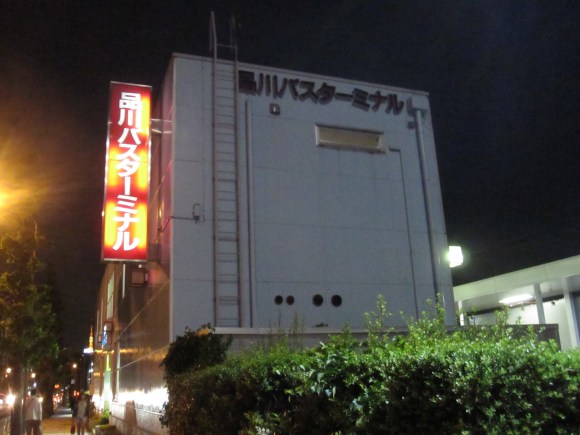

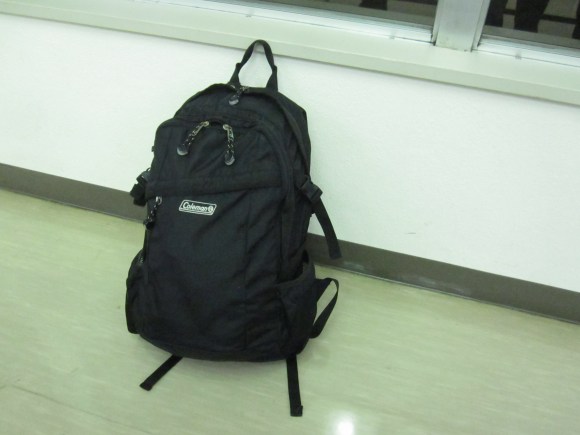
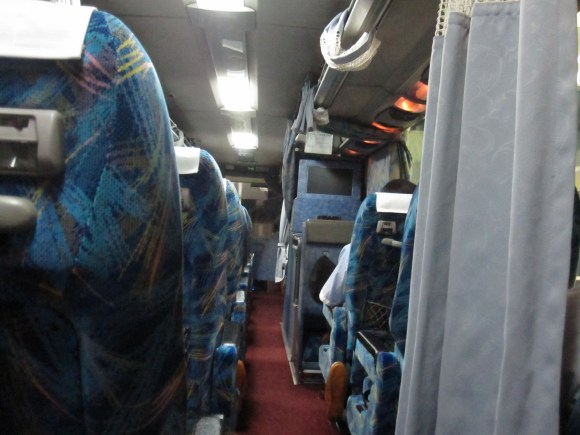
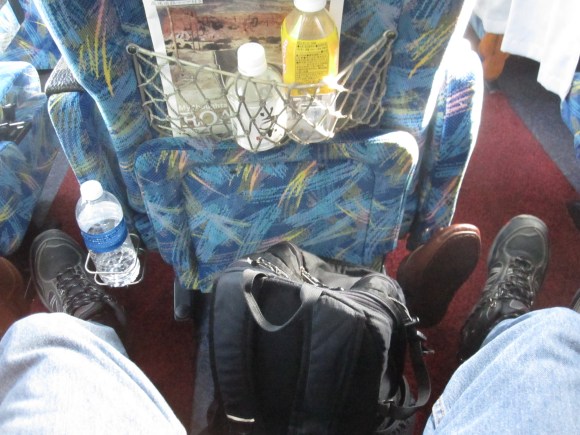

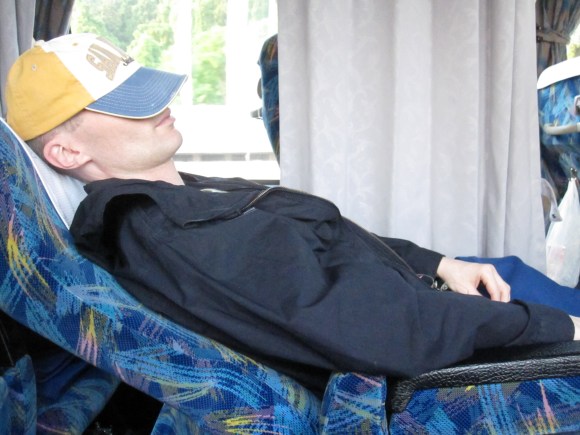
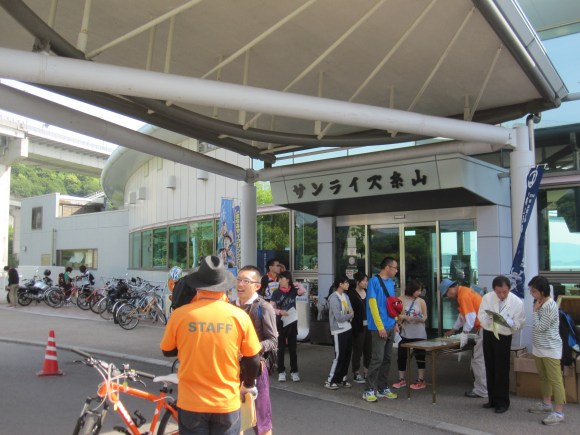
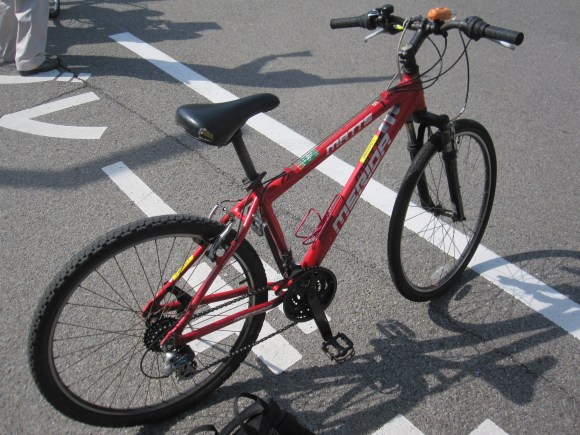
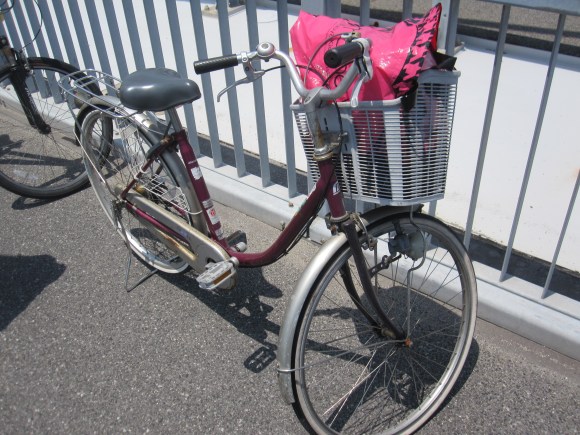

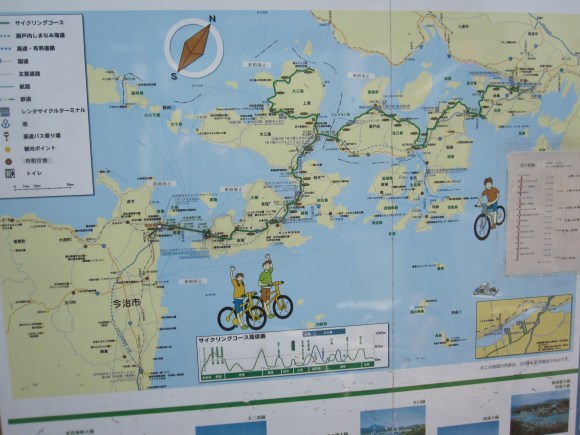
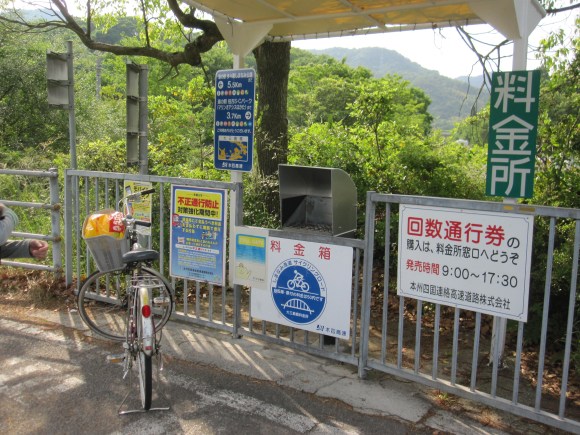
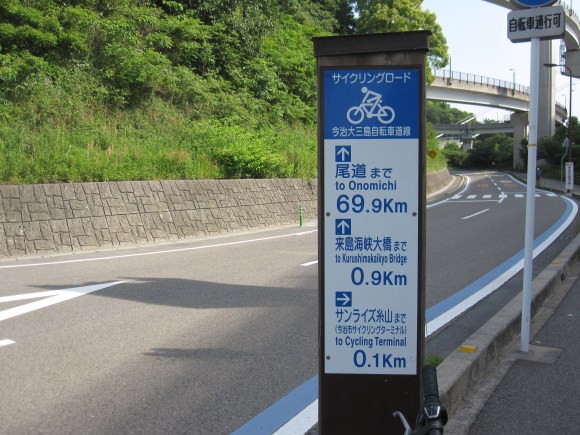
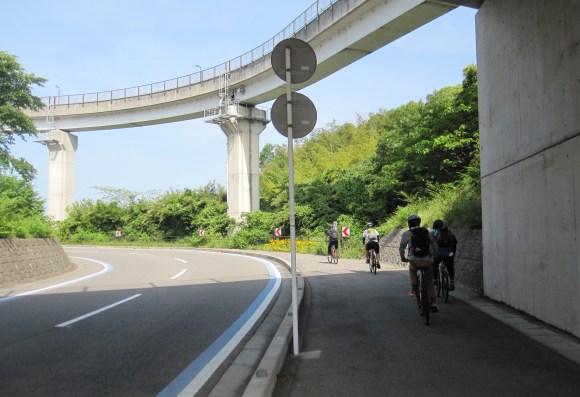
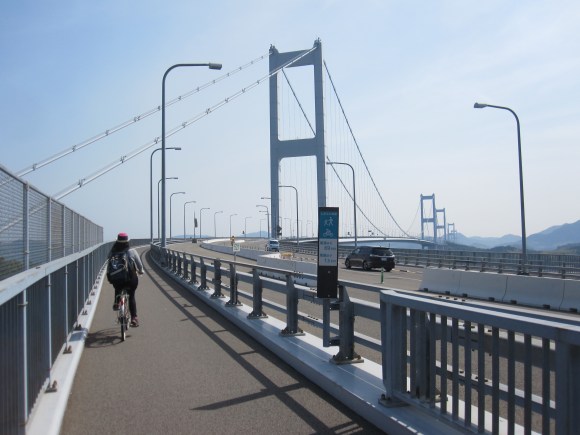
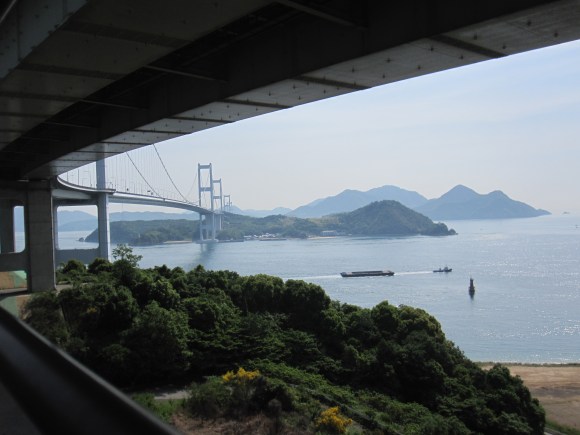
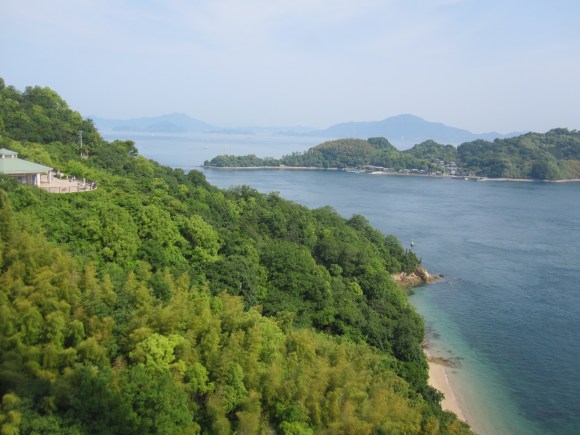
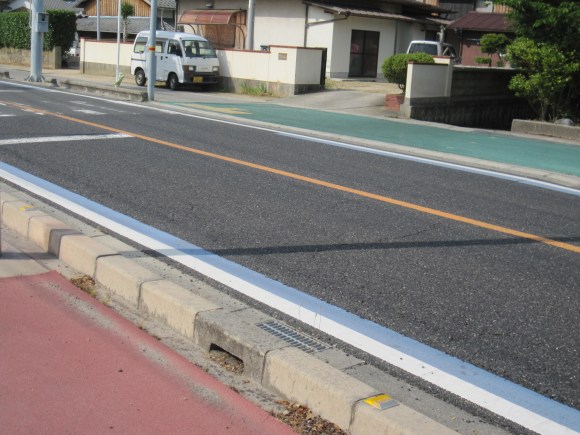
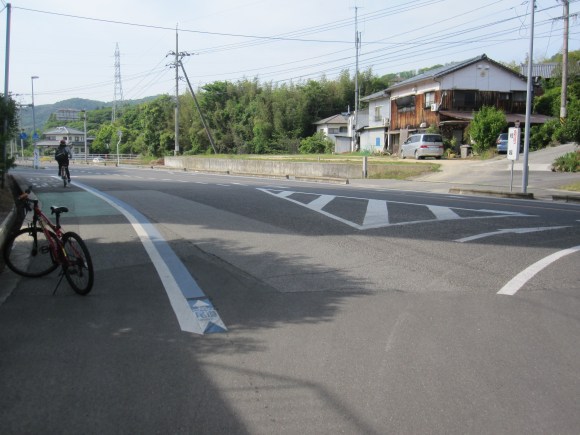
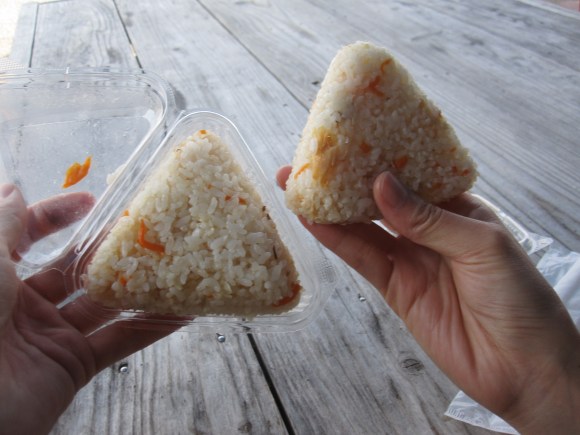
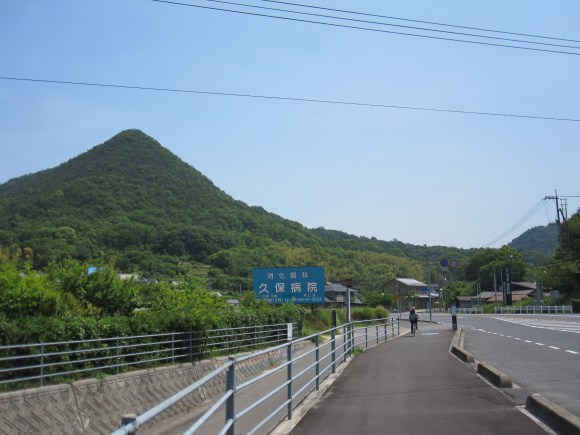

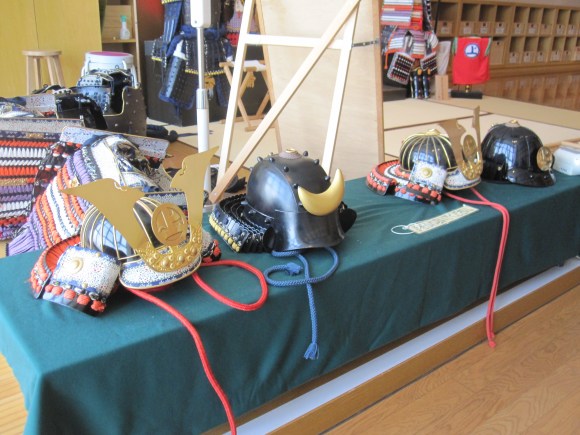
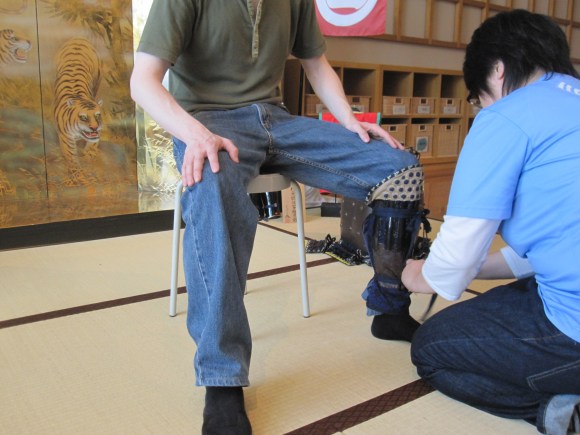
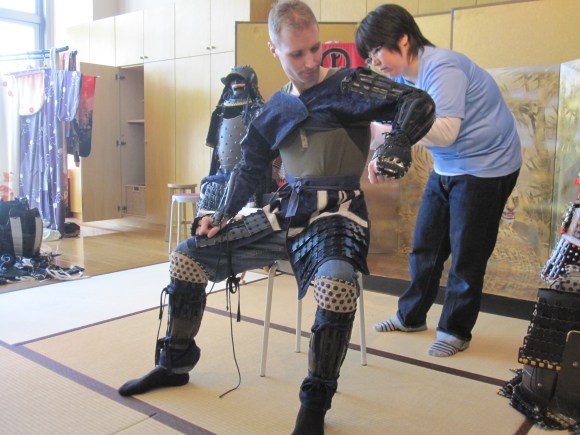
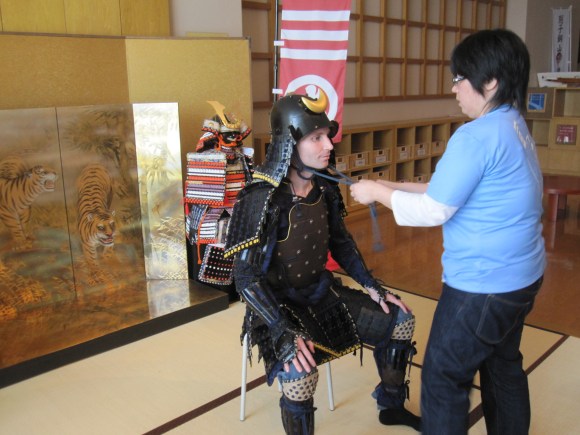
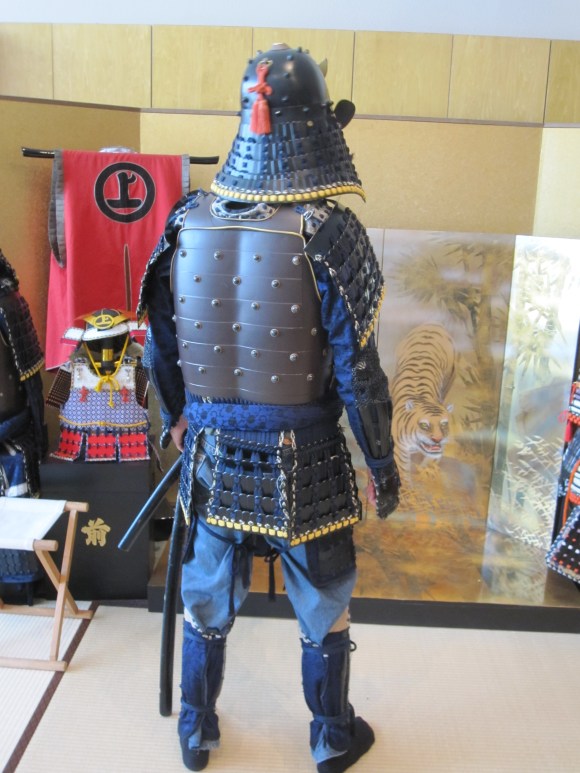
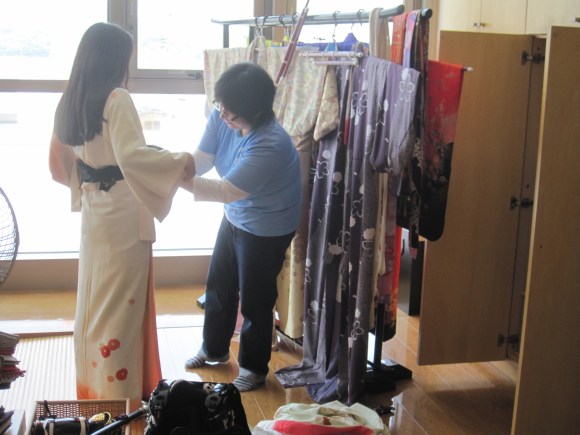
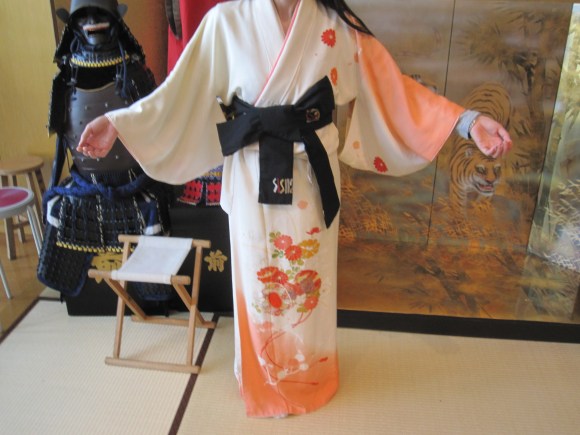
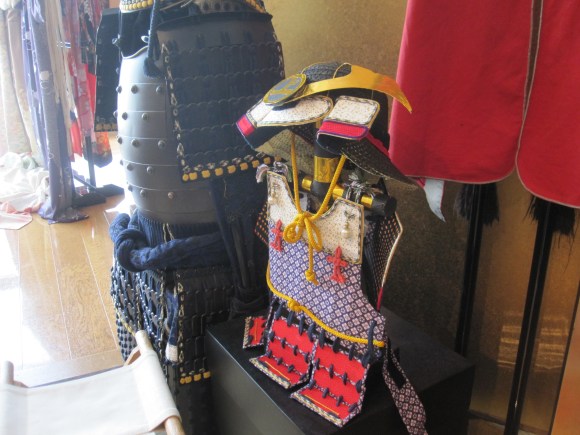
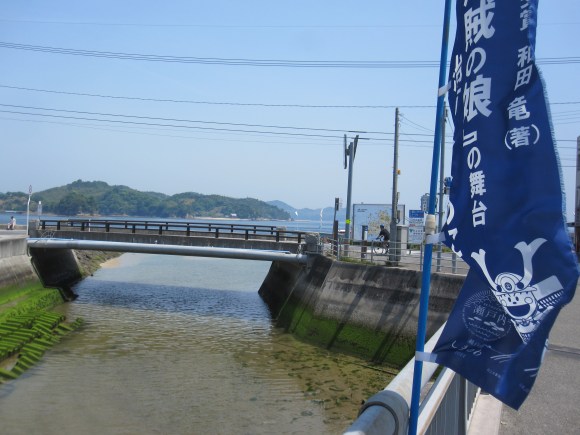
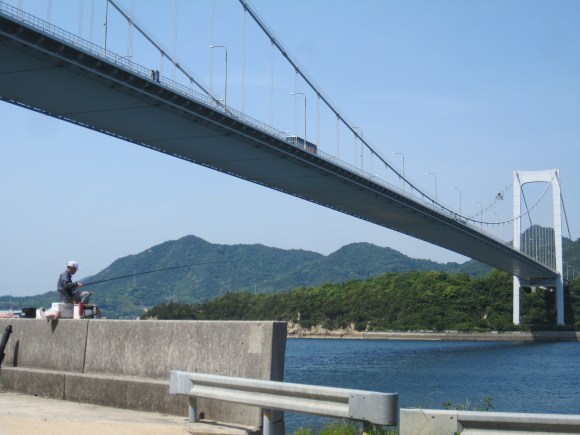
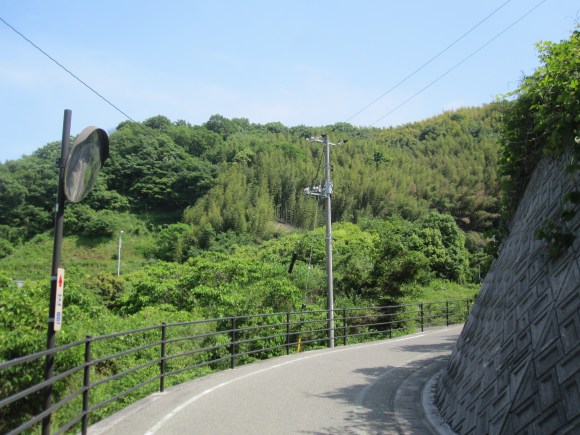
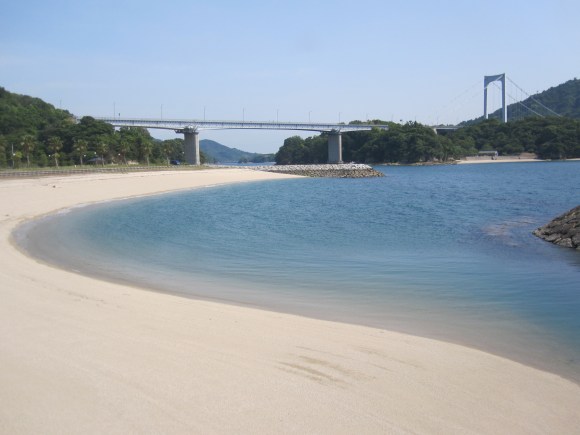
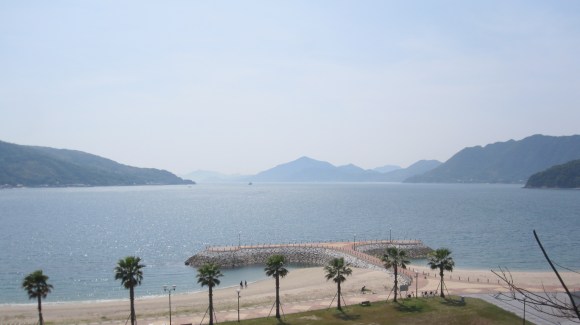
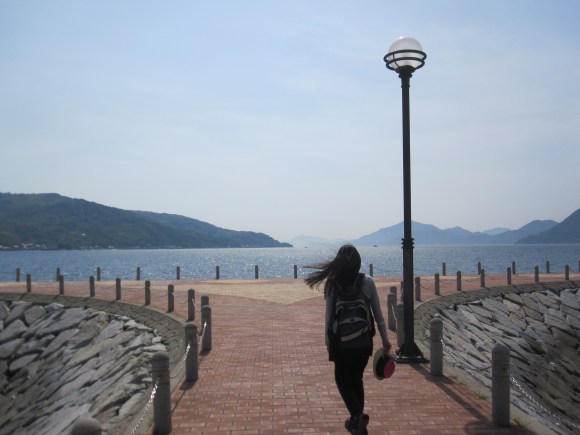
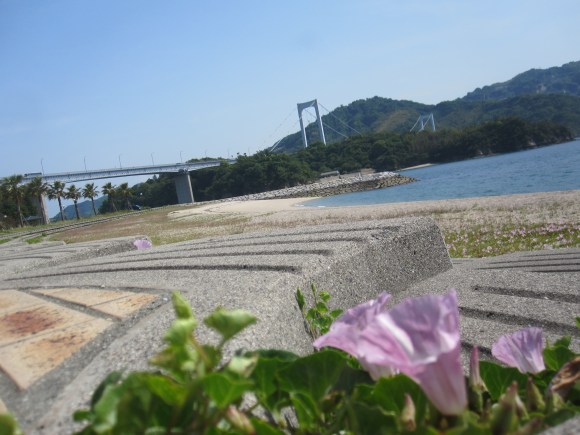

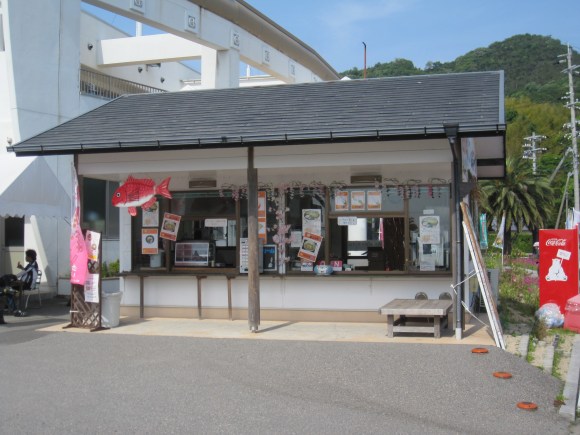
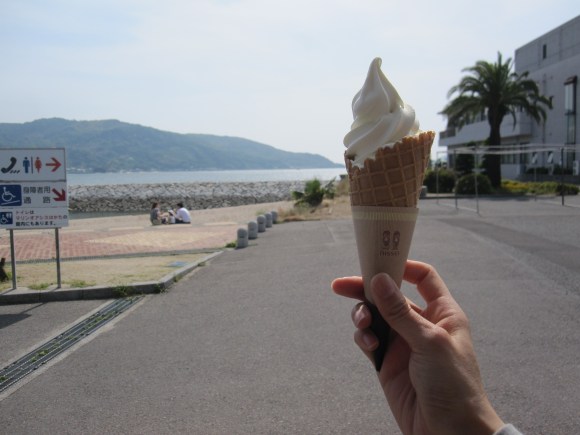
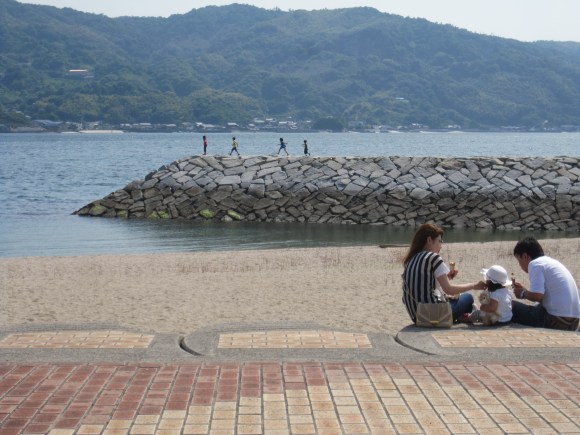
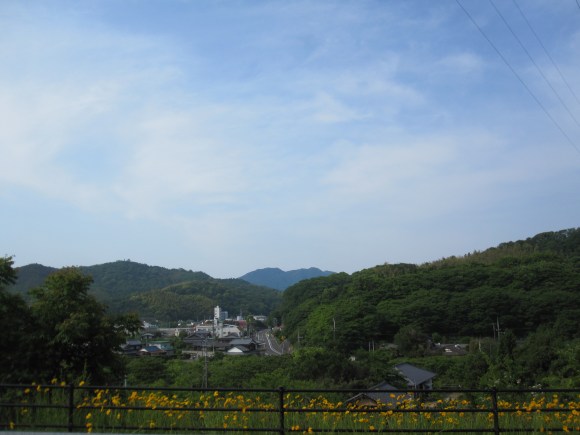
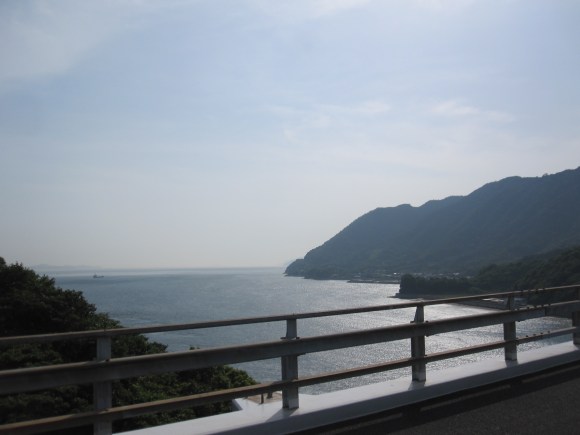
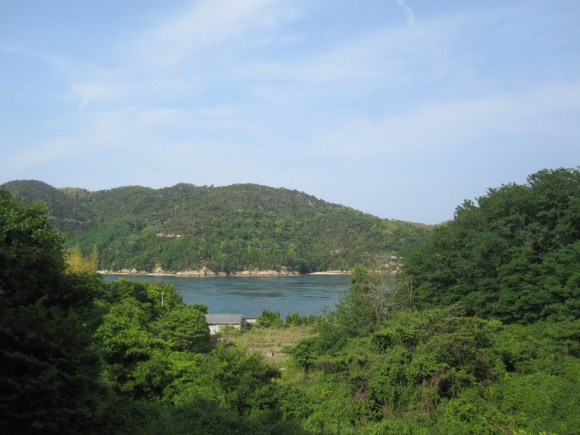
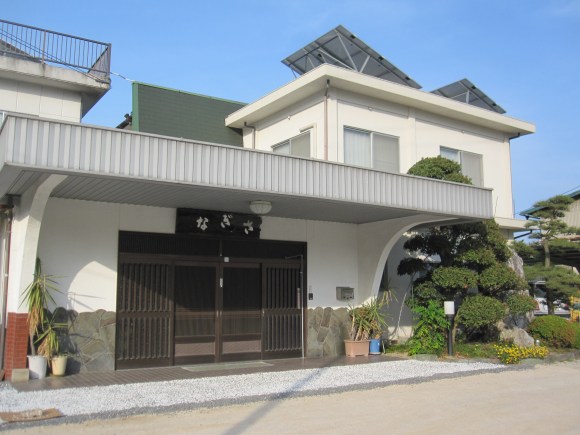
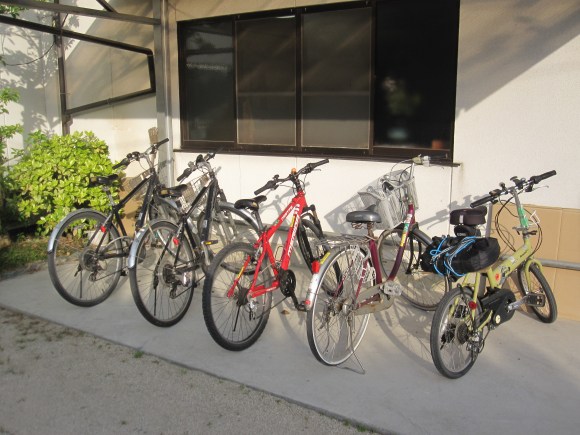
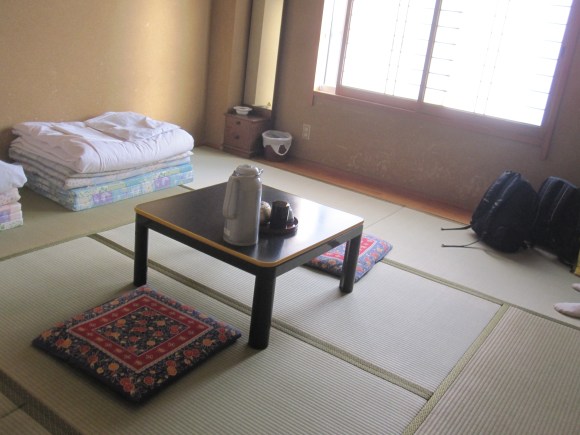
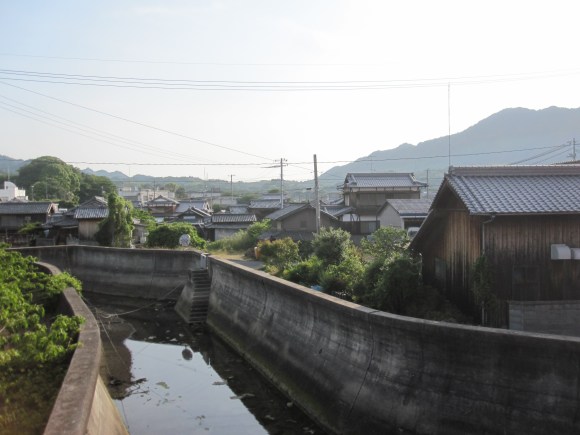
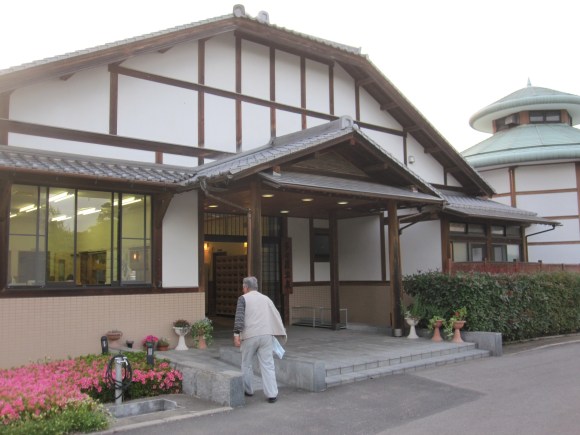
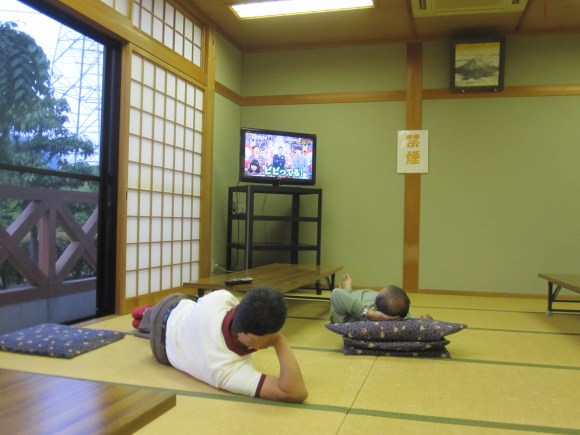

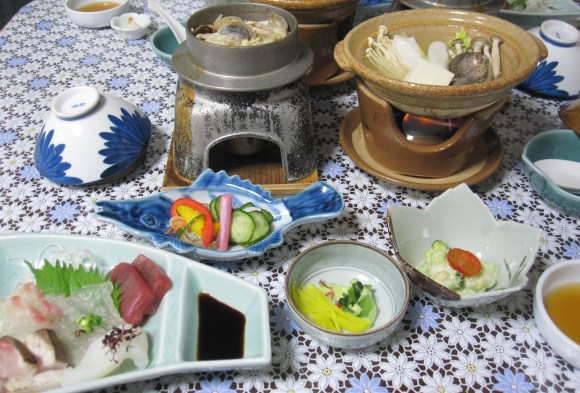
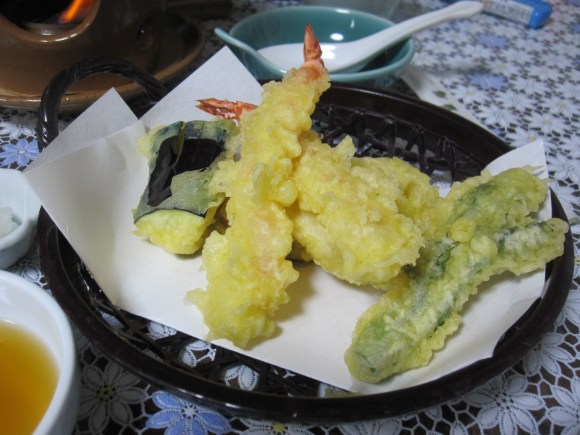
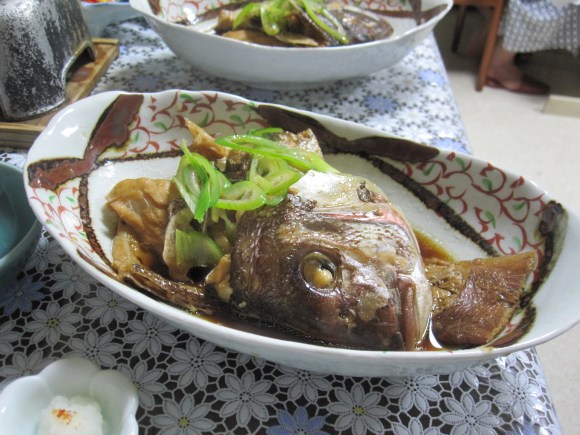
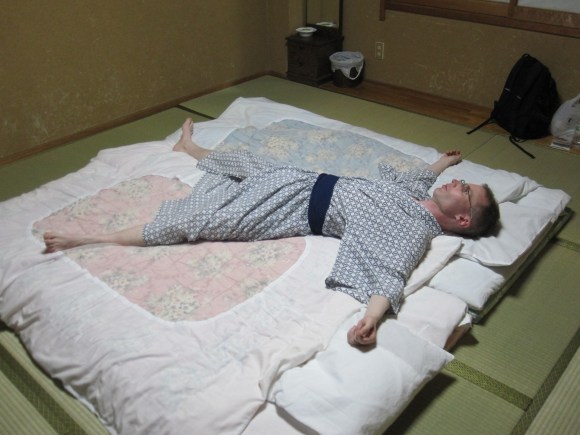
 Breathtakingly beautiful beach in often-overlooked part of Japan is like a scene out of Your Name
Breathtakingly beautiful beach in often-overlooked part of Japan is like a scene out of Your Name Soup not soap: Japanese public bathhouses surviving by converting into retro-chic cafés
Soup not soap: Japanese public bathhouses surviving by converting into retro-chic cafés Coca-Cola releases special anime-design bottle just for Japan
Coca-Cola releases special anime-design bottle just for Japan Starbucks Japan joins Been There drinkware line with 20 cool designs for all over Japan【Pics】
Starbucks Japan joins Been There drinkware line with 20 cool designs for all over Japan【Pics】 Don’t know which sake to drink? These handy flavor charts help you pick by region of Japan
Don’t know which sake to drink? These handy flavor charts help you pick by region of Japan McDonald’s new Happy Meals offer up cute and practical Sanrio lifestyle goods
McDonald’s new Happy Meals offer up cute and practical Sanrio lifestyle goods More foreign tourists than ever before in history visited Japan last month
More foreign tourists than ever before in history visited Japan last month Starbucks reopens at Shibuya Scramble Crossing with new look and design concept
Starbucks reopens at Shibuya Scramble Crossing with new look and design concept All-you-can-drink Starbucks and amazing views part of Tokyo’s new 170 meter-high sky lounge
All-you-can-drink Starbucks and amazing views part of Tokyo’s new 170 meter-high sky lounge Beautiful Sailor Moon manhole cover coasters being given out for free by Tokyo tourist center
Beautiful Sailor Moon manhole cover coasters being given out for free by Tokyo tourist center Arrest proves a common Japanese saying about apologies and police
Arrest proves a common Japanese saying about apologies and police Our reporter takes her 71-year-old mother to a visual kei concert for the first time
Our reporter takes her 71-year-old mother to a visual kei concert for the first time Add a little green to your life: Green moss terrariums are the new Zen gardens
Add a little green to your life: Green moss terrariums are the new Zen gardens The oldest tunnel in Japan is believed to be haunted, and strange things happen when we go there
The oldest tunnel in Japan is believed to be haunted, and strange things happen when we go there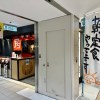 Tokyo Station’s perfect breakfast spot might just be this izakaya Japanese-style pub
Tokyo Station’s perfect breakfast spot might just be this izakaya Japanese-style pub Disney princesses get official manga makeovers for Manga Princess Cafe opening in Tokyo
Disney princesses get official manga makeovers for Manga Princess Cafe opening in Tokyo We try out “Chan Ramen”, an underground type of ramen popular in the ramen community
We try out “Chan Ramen”, an underground type of ramen popular in the ramen community Beautiful new Final Fantasy T-shirt collection on the way from Uniqlo【Photos】
Beautiful new Final Fantasy T-shirt collection on the way from Uniqlo【Photos】 Foreign English teachers in Japan pick their favorite Japanese-language phrases【Survey】
Foreign English teachers in Japan pick their favorite Japanese-language phrases【Survey】 Is the new Shinkansen Train Desk ticket worth it?
Is the new Shinkansen Train Desk ticket worth it? There’s a park inside Japan where you can also see Japan inside the park
There’s a park inside Japan where you can also see Japan inside the park Japanese convenience store packs a whole bento into an onigiri rice ball
Japanese convenience store packs a whole bento into an onigiri rice ball Studio Ghibli releases Kiki’s Delivery Service chocolate cake pouches in Japan
Studio Ghibli releases Kiki’s Delivery Service chocolate cake pouches in Japan Japan’s bone-breaking and record-breaking roller coaster is permanently shutting down
Japan’s bone-breaking and record-breaking roller coaster is permanently shutting down New definition of “Japanese whiskey” goes into effect to prevent fakes from fooling overseas buyers
New definition of “Japanese whiskey” goes into effect to prevent fakes from fooling overseas buyers Foreign passenger shoves conductor on one of the last full runs for Japan’s Thunderbird train
Foreign passenger shoves conductor on one of the last full runs for Japan’s Thunderbird train Our Japanese reporter visits Costco in the U.S., finds super American and very Japanese things
Our Japanese reporter visits Costco in the U.S., finds super American and very Japanese things Kyoto bans tourists from geisha alleys in Gion, with fines for those who don’t follow rules
Kyoto bans tourists from geisha alleys in Gion, with fines for those who don’t follow rules Studio Ghibli unveils Mother’s Day gift set that captures the love in My Neighbour Totoro
Studio Ghibli unveils Mother’s Day gift set that captures the love in My Neighbour Totoro Domino’s Japan now sells…pizza ears?
Domino’s Japan now sells…pizza ears? New Japanese KitKat flavour stars Sanrio characters, including Hello Kitty
New Japanese KitKat flavour stars Sanrio characters, including Hello Kitty Sales of Japan’s most convenient train ticket/shopping payment cards suspended indefinitely
Sales of Japan’s most convenient train ticket/shopping payment cards suspended indefinitely Sold-out Studio Ghibli desktop humidifiers are back so Totoro can help you through the dry season
Sold-out Studio Ghibli desktop humidifiers are back so Totoro can help you through the dry season Japanese government to make first change to romanization spelling rules since the 1950s
Japanese government to make first change to romanization spelling rules since the 1950s Ghibli founders Toshio Suzuki and Hayao Miyazaki contribute to Japanese whisky Totoro label design
Ghibli founders Toshio Suzuki and Hayao Miyazaki contribute to Japanese whisky Totoro label design Doraemon found buried at sea as scene from 1993 anime becomes real life【Photos】
Doraemon found buried at sea as scene from 1993 anime becomes real life【Photos】 Tokyo’s most famous Starbucks is closed
Tokyo’s most famous Starbucks is closed One Piece characters’ nationalities revealed, but fans have mixed opinions
One Piece characters’ nationalities revealed, but fans have mixed opinions We asked a Uniqlo employee what four things we should buy and their suggestions didn’t disappoint
We asked a Uniqlo employee what four things we should buy and their suggestions didn’t disappoint Princesses, fruits, and blacksmiths: Study reveals the 30 most unusual family names in Japan
Princesses, fruits, and blacksmiths: Study reveals the 30 most unusual family names in Japan Studio Ghibli’s new desktop Howl’s Moving Castle will take your stationery on an adventure
Studio Ghibli’s new desktop Howl’s Moving Castle will take your stationery on an adventure Japan’s new luxury sightseeing train will show you part of the country most foreigners never see
Japan’s new luxury sightseeing train will show you part of the country most foreigners never see We tour Onomichi, Hiroshima, where old meets new and a whole lot more
We tour Onomichi, Hiroshima, where old meets new and a whole lot more Here’s a handy Japan cycling hack: pump up your tires for free at any police box
Here’s a handy Japan cycling hack: pump up your tires for free at any police box Japanese citrus farmers deal with crop-stealing wild boars by killing them, selling their meat
Japanese citrus farmers deal with crop-stealing wild boars by killing them, selling their meat Osaka to Fukuoka for less than 40 bucks? It’s possible with Japan’s overnight ferry
Osaka to Fukuoka for less than 40 bucks? It’s possible with Japan’s overnight ferry Take it from a local: This resort island off the coast of Nagasaki is totally worth a side trip
Take it from a local: This resort island off the coast of Nagasaki is totally worth a side trip Japan’s Shachi Bus offers tour with no destination or leaving the bus, but something’s fishy…
Japan’s Shachi Bus offers tour with no destination or leaving the bus, but something’s fishy… Japan’s 10 best cultural experience activities/tours, as chosen by travelers
Japan’s 10 best cultural experience activities/tours, as chosen by travelers You can go surprisingly far on a single train leaving from Tokyo Station
You can go surprisingly far on a single train leaving from Tokyo Station Three bridges in Okinawa Prefecture offer the most spectacular panoramic vistas of the sea【Pics】
Three bridges in Okinawa Prefecture offer the most spectacular panoramic vistas of the sea【Pics】 The new Simose Art Museum in Hiroshima houses a floating, futuristic surprise next to the sea
The new Simose Art Museum in Hiroshima houses a floating, futuristic surprise next to the sea New Japanese biking laws say no more earphones in ears…but what about other orifices?
New Japanese biking laws say no more earphones in ears…but what about other orifices? Tsushima no Miya Station: The Japanese train station open only two days a year
Tsushima no Miya Station: The Japanese train station open only two days a year Coca-Cola releases five new gorgeous limited-edition bottles in Japan
Coca-Cola releases five new gorgeous limited-edition bottles in Japan Samsung’s new Smart Bike features lane-marking laser pointers, a rear camera and more
Samsung’s new Smart Bike features lane-marking laser pointers, a rear camera and more
Leave a Reply